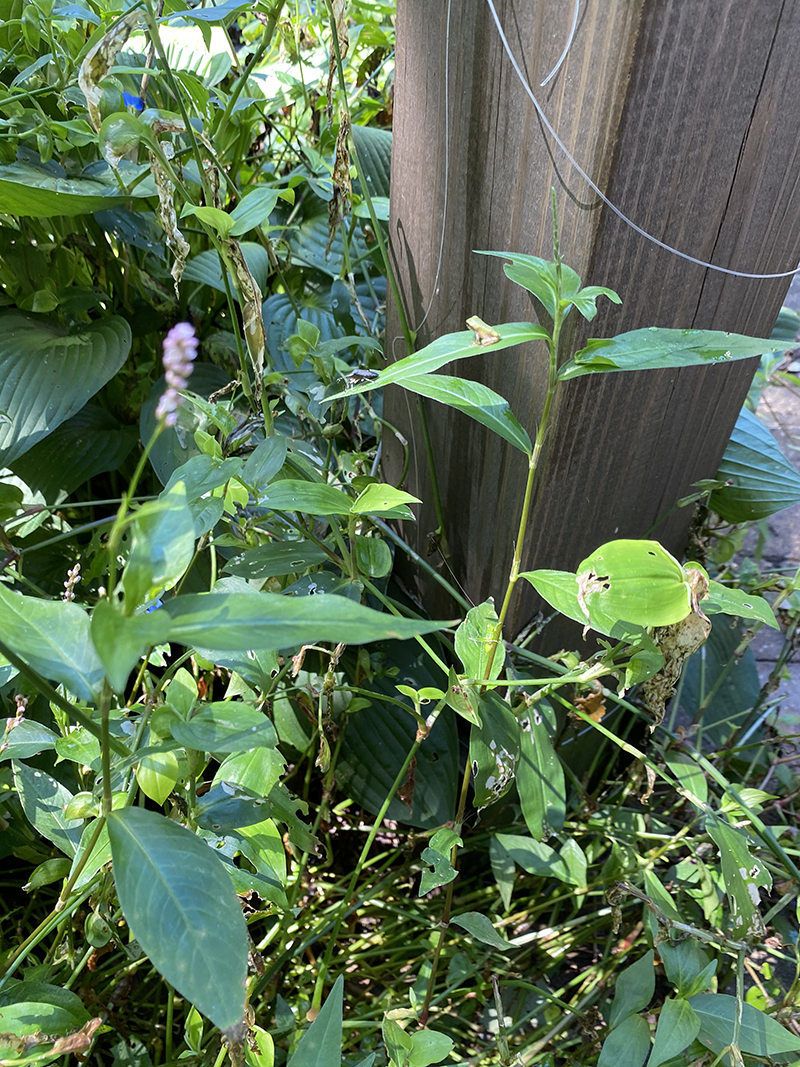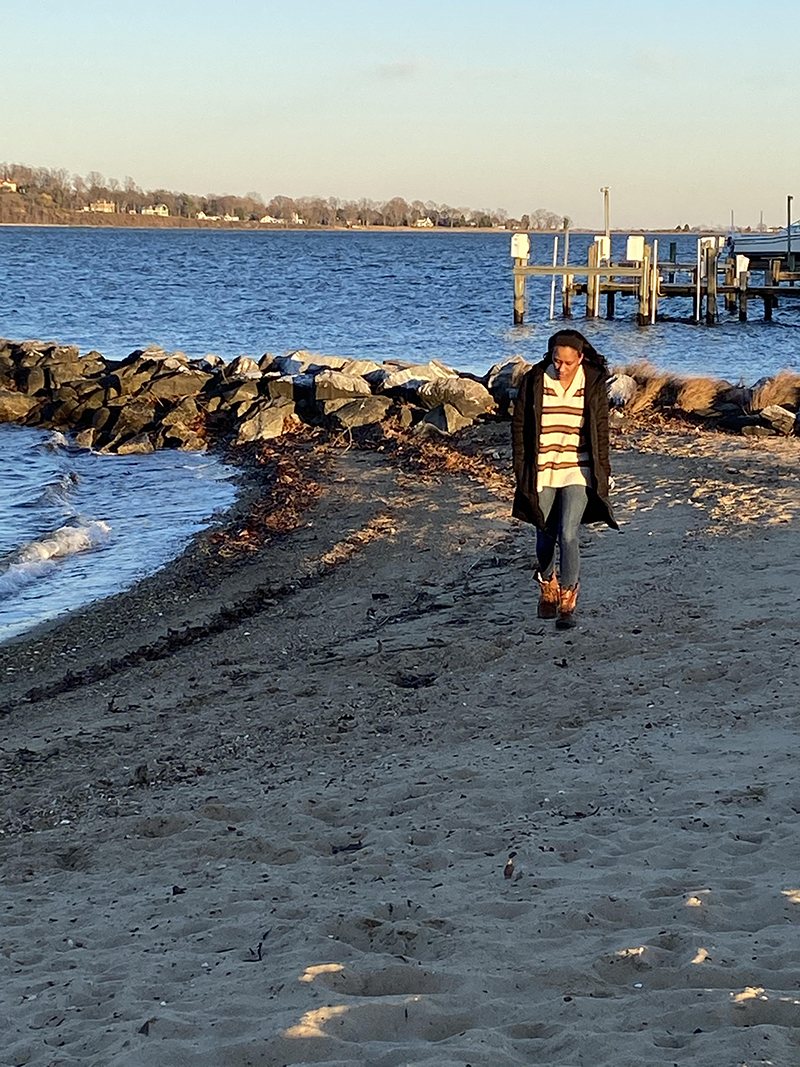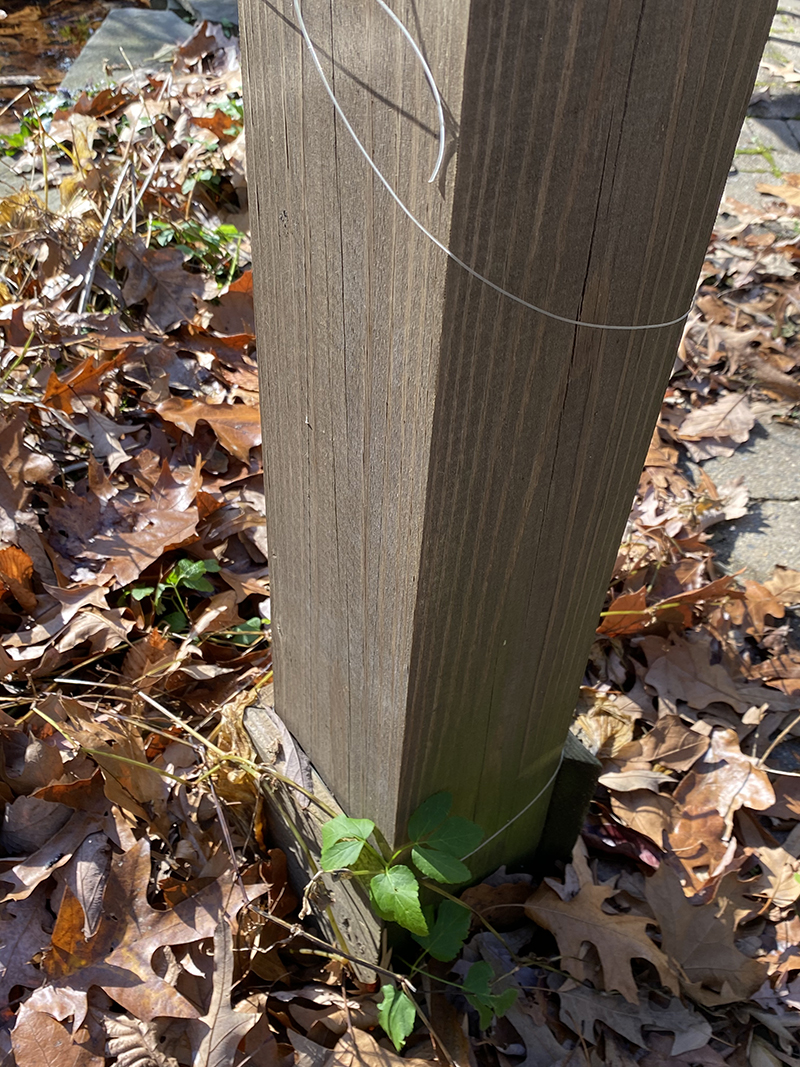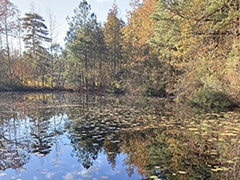Knauss legislative fellowships in Congress help build careers — and they're fun and educational. See our video and fact sheet for details.
What COVID Taught Me about the Need for Nature
I have never been so aware of the seasons changing until I was forced to watch them from inside.
The fluctuation of wildlife, the birds starting to sing in the spring, the colors beginning to change in the fall–I was never entirely aware of how experiencing these changes in person affected my day-to-day life until the COVID-19 pandemic, when I watched nature through the window instead of from outside.
The impact of being deprived of and stripped away from a world outside our houses was significant, especially when I realized I was spending more than 23 hours a day inside my own house. Weeks went by at a pace that seemed agonizingly slow and endless; I felt it growing harder to stay motivated, and I began to notice I wasn’t as happy as I had been before the pandemic hit.

I didn’t realize how dependent I was on those moments spent walking down the sunny, songbird-filled street to grab coffee, strolling past trees and across grass to get to and from parking lots, or experiencing the scenery of the changing seasons as I drove to and from work. As I limited my travels down to essentially the grocery store, I truly felt deprived. It felt as if someone had slowly been sucking the air out of the room. With the abrupt transition to working from home, the need to go out had drastically reduced; the snippets of nature I had gotten from a once normal day had vanished. It took some time notice what was happening, but making a point to get outside during long days inside has made all the difference.
Scientifically speaking, seasons change because of earth’s tilted axis, and changes in direct sunlight the earth receives as it travels around the Sun. Leaves change color because the cold weather tells plants to stop making chlorophyll; once chlorophyll production ceases, the green color fades, allowing us to see the other less abundant pigments inside the leaves–shades of gold, burgundy, and singed orange make their appearance.
Harder to explain scientifically are the feelings we get when we’re outside, surrounded by trees and able to smell the air. Nature provides us great benefits, from our mental health and mood to our physical health. But it also provides a piece of ourselves that we find when connecting with nature, and that comes with our role in the stewardship of nature. That something is what I have truly come to appreciate and value during the past six months of quarantine.

During those months, I have had the pleasure of working for the US Fish and Wildlife Service Coastal Program. The Service’s mission is “working with others to conserve, protect, and enhance fish, wildlife, plants, and their habitats for the continuing benefit of the American people.” We work to improve habitat for birds to bears and everything in-between, while bringing access to the surrounding communities—work that is vital for the sake of wildlife, as well important for human happiness. We are creating living shorelines that will improve water quality and support fish and other sea creatures, removing invasive species to help restore endemic plants, and restoring habitat to bring back birds and pollinators, among many other projects.
With the benefits that this work brings to the wildlife comes an opportunity for people to connect and experience nature. I have always had a deep appreciation for this sentiment, which is why I pursued a career in environmental science. During this pandemic, what I truly came to realize is how essential nature can be to each and every one of us, how imperative it is to our core, and how all of us deserve access to it. Others are realizing it, too, as state and national parks have been packed with people who want to get out in nature, if only to find something to do outside of their home that can still feel safe. The quarantine conditions throughout this pandemic have strengthened my awareness and reinvigorated my dedication to work towards conserving nature, for wildlife as well as for each one of us to have places to connect with Mother Nature.

I more deeply appreciate what I have access to and the privilege of experiencing the daily nuances of nature I will never take access to the natural world for granted again—to have beautiful natural spaces to be in, indulge in, and escape into has improved my life. The agency where I work plays a role in creating and restoring these spaces for people; they work with communities from the coastline to urban cities, ensuring everyone has this access to the great outdoors. It is reassuring to know that even though we are encouraged to stay indoors for the time being, that I am working with an organization where many people are hard at work protecting habitat and public access to it.
Through my Knauss position over this past year, I have worked on projects that have habitat conservation at their core. One of my favorite examples was the Pond Lily Preserve project in Woodbridge, Connecticut, right off Interstate 95. The Coastal Program and Gather New Haven (formerly the New Haven Land Trust) worked together to remove a dam that was built hundreds of years ago called Pond Lily dam. The removal of the dam restored fish passage and stream functions that reduced the risk of flooding to the community, and created a beautiful restored piece of nature right to this urban community’s backyard–known as Pond Lily Nature Preserve.
It brings me great satisfaction to know that when we resume whatever “normal” may look like, we will be able to once again enjoy those spaces, and the feelings that they inherently bring. I am proud to have had a hand in making that possible.
Photo, top left: Seasonal changes on view at a small pond. Photo credit: Lisa Tossey / MDSG
See all posts to the Fellowship Experiences blog

